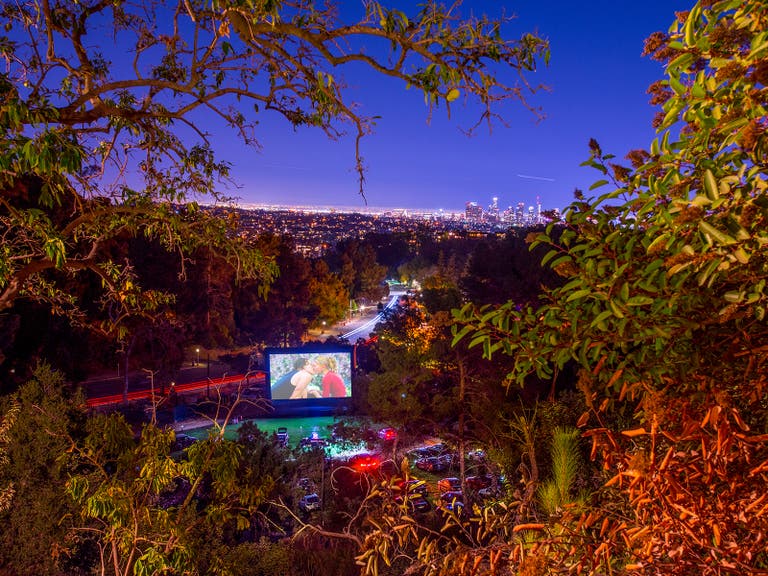Discover Quirky Los Angeles Museums
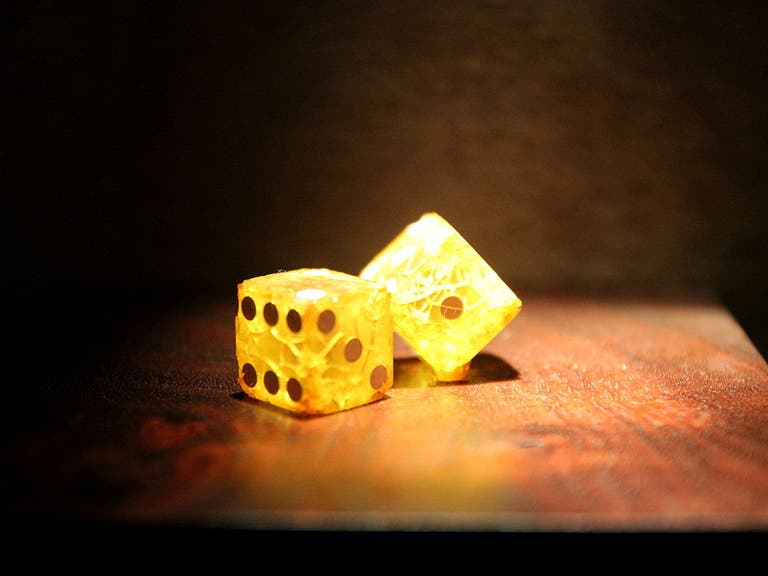
Los Angeles has several world-class museums filled with priceless masterpieces. Then there are the more humble institutions, the ones catering to obscure and specialized tastes. From bunnies to martial arts, here are quirky L.A. museums worth seeking out.
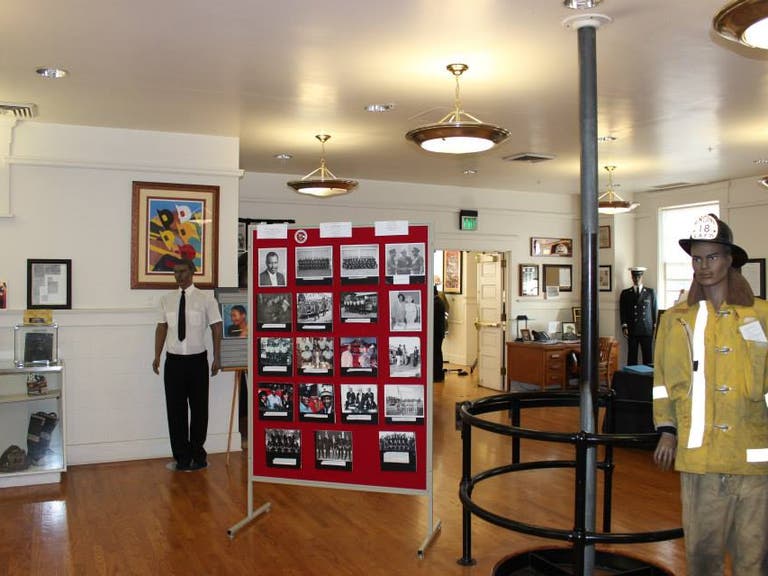
The African American Firefighter Museum
Old Fire Station #30, which opened in 1913 and served what was then a largely African American neighborhood, was the city's first segregated firehouse. In 1997, the building was reopened as a museum. This is no mere monument to segregation. The two-story station is a tribute to the hardworking men and women who faced persistent discrimination, even after the LAFD began integrating in 1954. The two-story museum includes original poles and a vintage hose cart from 1890 (it would've been pulled by horses) as well as lots of pictures and news clippings, including an account of the death of Sam Haskins, L.A.'s first African American firefighter. Upstairs, you'll find old helmets, badges, mannequins in vintage uniforms and information about the fire department's more recent history.

The Bunny Museum
You'll need to make an appointment if you want to peruse the 28,000 rabbit-themed items on display at what might be the cutest museum in the city. That's because you're visiting a private home that has become a shrine to the fuzzy, floppy-eared creatures. Candace Frazee and Steve Lubanski's collection includes lots of stuffed animals as well as figurines and other hare-y objects. A half-dozen real bunnies live on the premises and you can bring broccoli, spinach or other fresh snacks to feed them - as long as you skip the carrots. No wonder Elijah Wood is such a big fan.
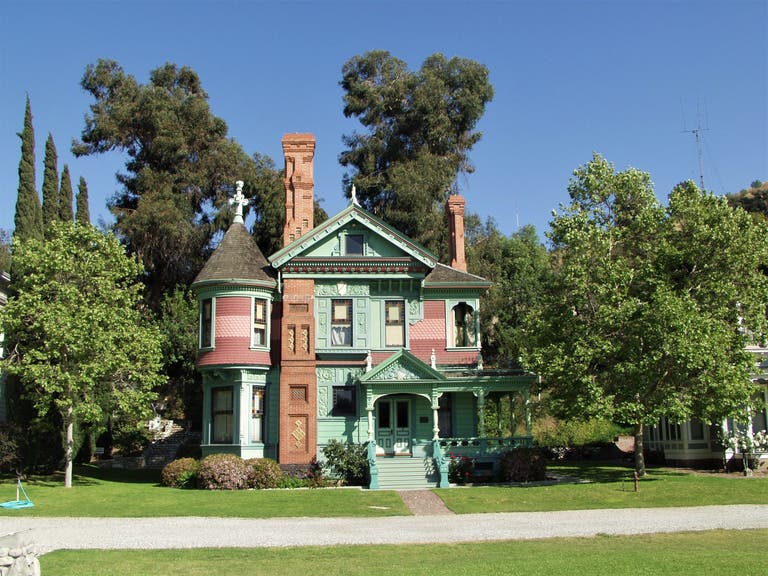
Heritage Square Museum
Want to pretend you're in a Dickens novel without the soot-blackened lungs or bands of pickpockets? Visit the nine Victorian structures that comprise this living history museum. Constructed in the late 1800s, these buildings were saved from demolition and relocated to an unassuming pocket at the end of a narrow road in Highland Park. The stunning red and green Hale House, built in the Queen Anne style (think: turrets, stained-glass windows, ornate carvings), is the jewel of the collection. The opulent, octagon-shaped Longfellow-Hastings House is another favorite. The newest (and somewhat anachronistic) addition is Colonial Drug, a recreation of a post-WWI drugstore complete with vintage soda fountain and products in their original packaging. You can roam the first floor of all these structures on your own or follow a docent in Victorian garb on an informative guided tour that lasts nearly two hours. Special events like the Holiday Lamplight Celebration (held during the Christmas season), Museums of the Arroyo Day in the spring and classic movie nights are among the best times to visit.
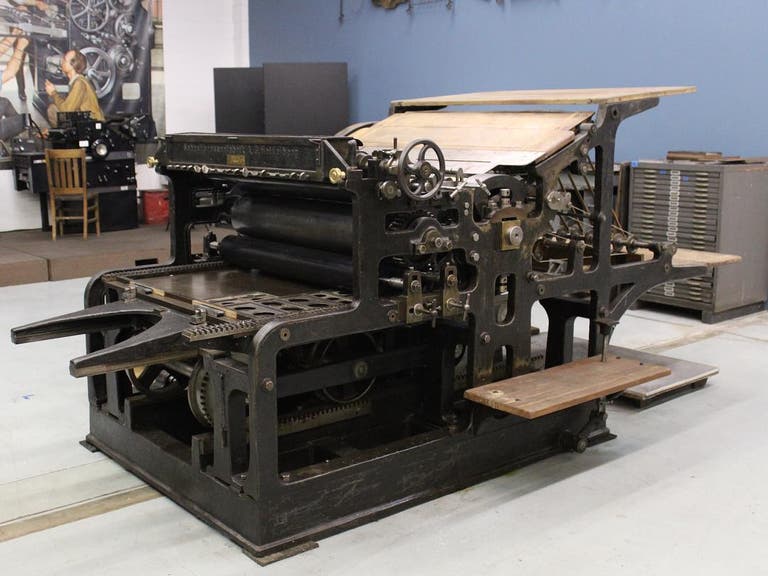
International Printing Museum
In pre-emoji culture, people had to painstakingly lay out text letter by letter. Develop an appreciation of the mostly obsolete craft at this South Bay institution, which houses dozens of antique printing machines, some of which date back to the early 1800s. It's only open to the public on Saturdays (unless you make an appointment), but as you walk among the huge, metal machines - some of which will whir to life - you'll learn interesting facts like the origin of uppercase and lowercase. Be good and you'll leave with a souvenir from the linotype machine. The 4th of July and the annual Printers Fair in the fall are among the best times to visit.
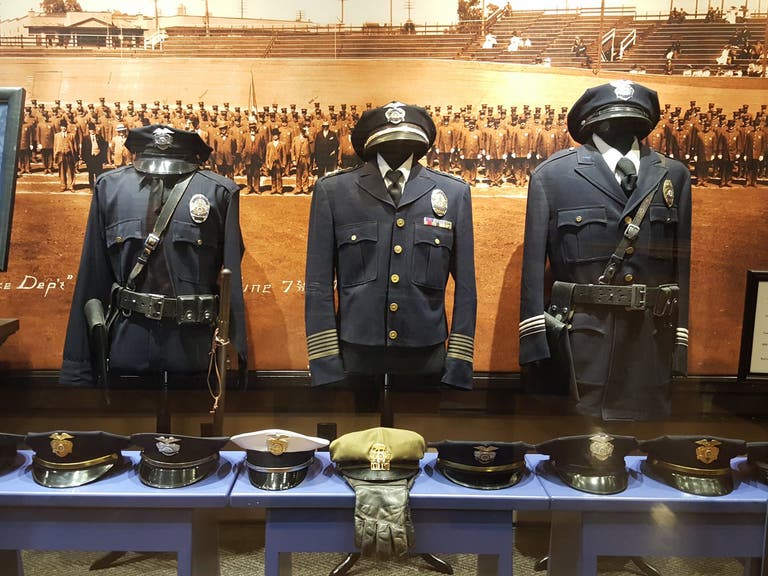
Los Angeles Police Museum
Want to learn about Patty Hearst's 1974 kidnapping by the Symbionese Liberation Army? You've come to the right place. Vintage photos, guns, badges, radios, uniforms and other equipment showcase LAPD history at the Los Angeles Police Museum. The memorabilia includes the jacket worn by Jack Webb in the 1950s TV show Dragnet, a police car riddled with bullets in the infamous 1997 North Hollywood bank robbery shootout, and an out-of-service helicopter (yes, you can sit in the cockpit). True crime buffs can pore over artifacts from famous cases like the Hillside Strangler, the Onion Field Killer, the Nightstalker and the Charles Manson murders. As a bonus, you're standing inside history - the building used to house Police Station No. 11, which served as the Northeast Division station from 1925 to 1983 and is now listed on the National Register of Historic Places.
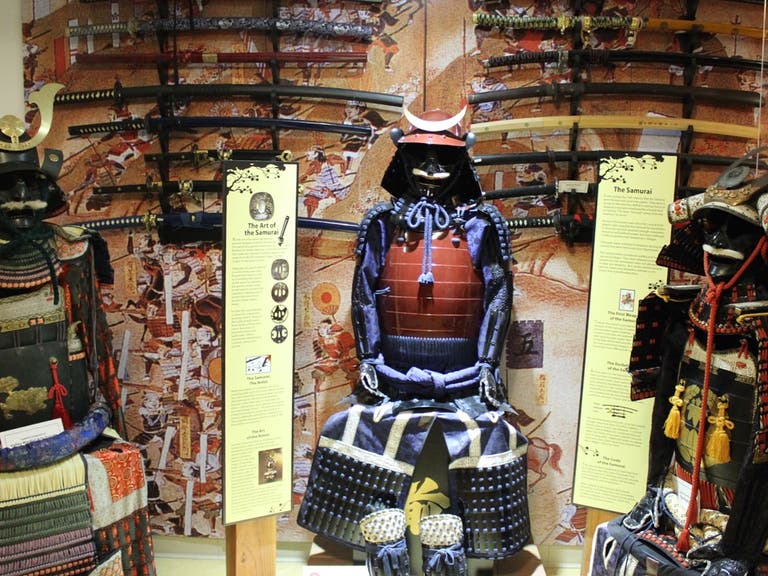
Martial Arts History Museum
DO: Hum the lyrics to Carl Douglas' Kung Fu Fighting. DON'T: Assume that martial arts came to the United States with the TV show Kung Fu. DO: Wear your best Bruce Lee tracksuit. DON'T: Practice your flying sidekick among the exhibits. DO: Explore how various practices have developed over thousands of years. DON'T: Start a debate about which martial art is best. At this small museum in Burbank, they're nearly all represented and organized by country of origin: kung fu, judo, tae kwon do, sumo, Muay Thai, lua and more. It should take approximately 45 minutes to peruse the exhibits, which include biographies of famous martial artists, a replica of a samurai warrior's outfit circa 1500s and all sorts of weapons, including shuriken (throwing stars) and the "gopher chucks" used in Kung Pow! Enter The Fist.

Museum of Death
If you're not in the mood for the adorable Bunny Museum, head to the city's most macabre museum, the Museum of Death, at its newly opened Hollywood location. The crime scene photos and autopsy videos make the Los Angeles Police Museum look like a day with Mary Poppins. Then there's the stuff that's just plain weird: baby coffins, taxidermy, the severed head of a French serial killer and one of Jack Kevorkian's original suicide machines (a recent purchase). Art connoisseurs can analyze the layers of meaning in works by serial killers, but the museum is most famous for its recreation of the Heaven's Gate cult suicides, which is what got the institution kicked out of San Diego.

Museum of Jurassic Technology
The bland exterior of this building, located on a stretch of Venice Boulevard that’s better known for strip malls and Indian food, hides hundreds of fantastical and fascinating artifacts -- some real, some invented. They're interspersed with no distinction between fact and fantasy. That's the charm of the Museum of Jurassic Technology. Is that a real 17th century cosmologist who has an entire exhibit devoted to his discoveries? Did that strange horn mounted on the wall actually grow out of a woman's head? Stuffed with odd items -- portraits of canine cosmonauts, bats that can fly through walls, sculptures on the head of a needle -- the MJT is a true cabinet of curiosities. On the second floor, tea and cookies are served in the Tula Tea Room, which is next to the rooftop garden where you might spot founder David Wilson playing an obscure medieval instrument. Or maybe it's just a ukulele. You'll have to figure it out on your own.
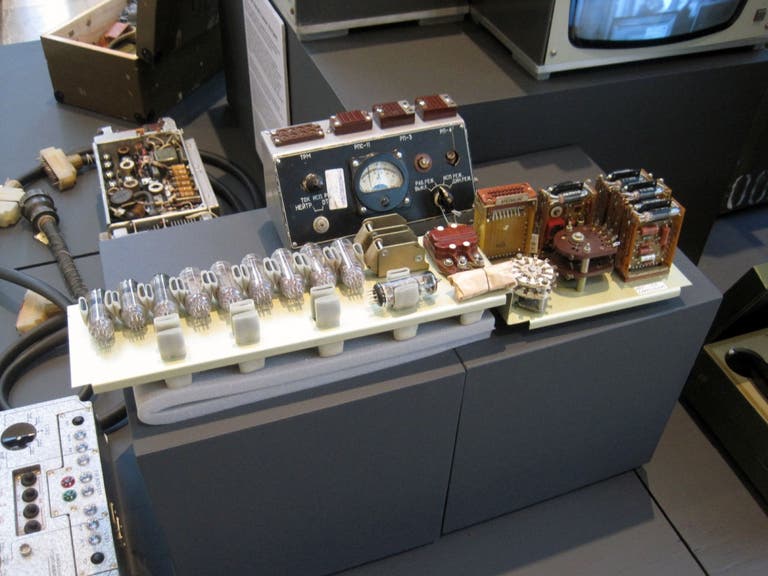
Wende Museum and Archive of The Cold War
What began as one man's quest to preserve Cold War era artifacts has turned into a full-fledged institution. Around the time the Berlin Wall fell, Justin Jampol was studying Russian and East European history at Oxford. When Communism collapsed, no one seemed to care about the statues, plates, figurines, posters and paintings of the Soviet empire. Jampol was able to scoop up many of them cheaply or for free. The result is a collection of more than 100,000 bits of Cold War ephemera: busts of Lenin, track suits from the East German Olympic team, decorative ceramic plates, vinyl recordings, menus from Soviet cruise ships and material from Checkpoint Charlie, the border crossing station between East and West Berlin. In 2017 the Wende Museum moved into expansive new digs at the Culver City Armory, where it can display its collection of items from behind the Iron Curtain.
